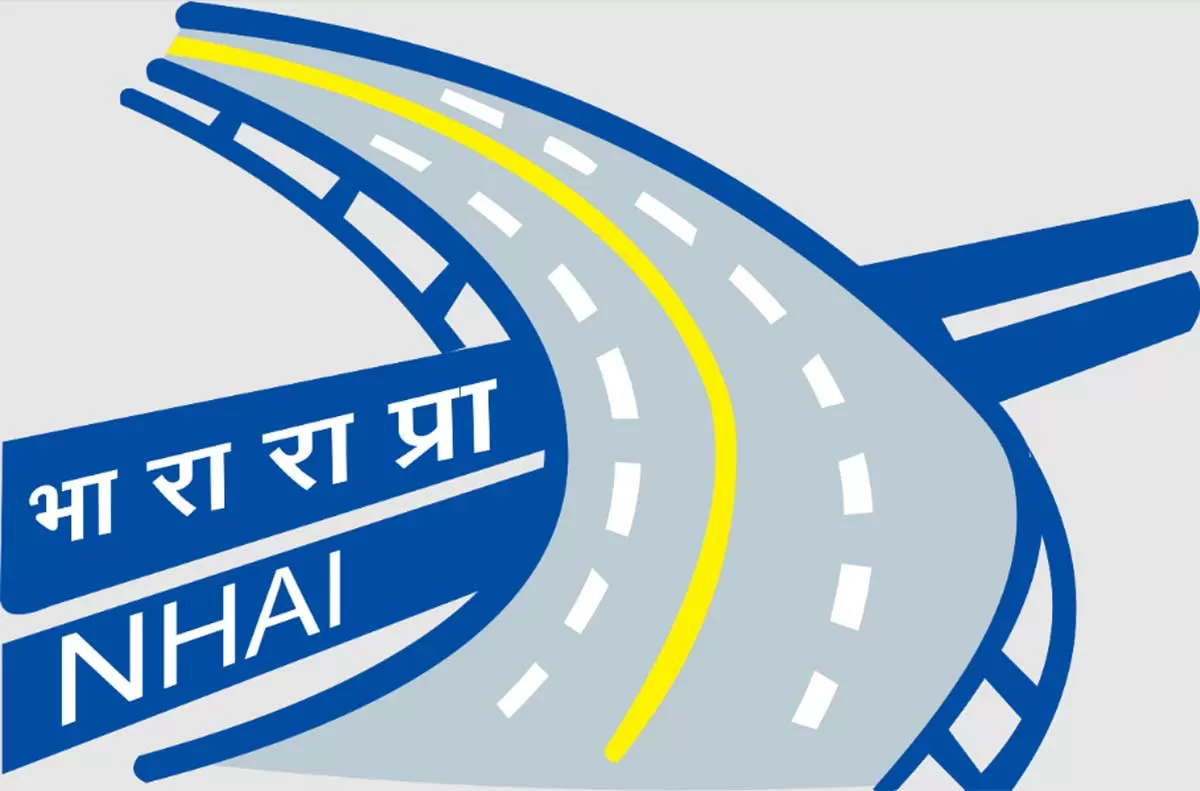The National Highways Authority of India (NHAI) has directed a Bhopal-based consultancy firm to revise the detailed project report (DPR) for the 17-km Aroor-Edappally elevated highway. The revision is necessary to accommodate the metro viaduct at the Palarivattom Bypass junction, adding complexity to the project’s design and timeline.
The updated DPR will ensure proper vertical clearance where the elevated highway intersects with the Kochi Metro’s Kakkanad extension. This requires close coordination between Kochi Metro Rail Ltd (KMRL) and the consultancy to integrate both projects seamlessly while maintaining traffic flow at key junctions like Palarivattom, Vyttila, and Kundannur. Additionally, the highway’s alignment has been adjusted to run parallel to the Kumbalam-Aroor bridge. While authorities expect the revised DPR soon, no definitive timeline has been set.
The Aroor-Edappally stretch, part of NH 66, is one of Kerala’s busiest corridors, handling over 100,000 passenger car units daily. The existing four-lane highway has become a bottleneck, raising concerns from commuters and local organisations, including the Ernakulam District Residents Associations’ Apex Council (EDRAAC). With a projected cost of Rs 36 billion, the elevated highway aims to ease congestion and enhance connectivity to the rapidly expanding urban areas. It will extend the 13-km Aroor-Thuravur elevated section under construction, creating a total 30-km elevated corridor with key ramps at Vyttila and Madavana for smoother access.
The Aroor-Thuravur stretch, now 55% complete, is expected to open by February 2026, significantly improving traffic conditions. However, delays in finalising the DPR for the Aroor-Edappally stretch remain a challenge. Ernakulam MP Hibi Eden has urged NHAI to expedite the process, emphasising the critical need for an efficient transport system in Kochi. With minimal land acquisition required, swift approval of the revised DPR could accelerate project completion, addressing the city’s mounting traffic woes.
(urban acres)


